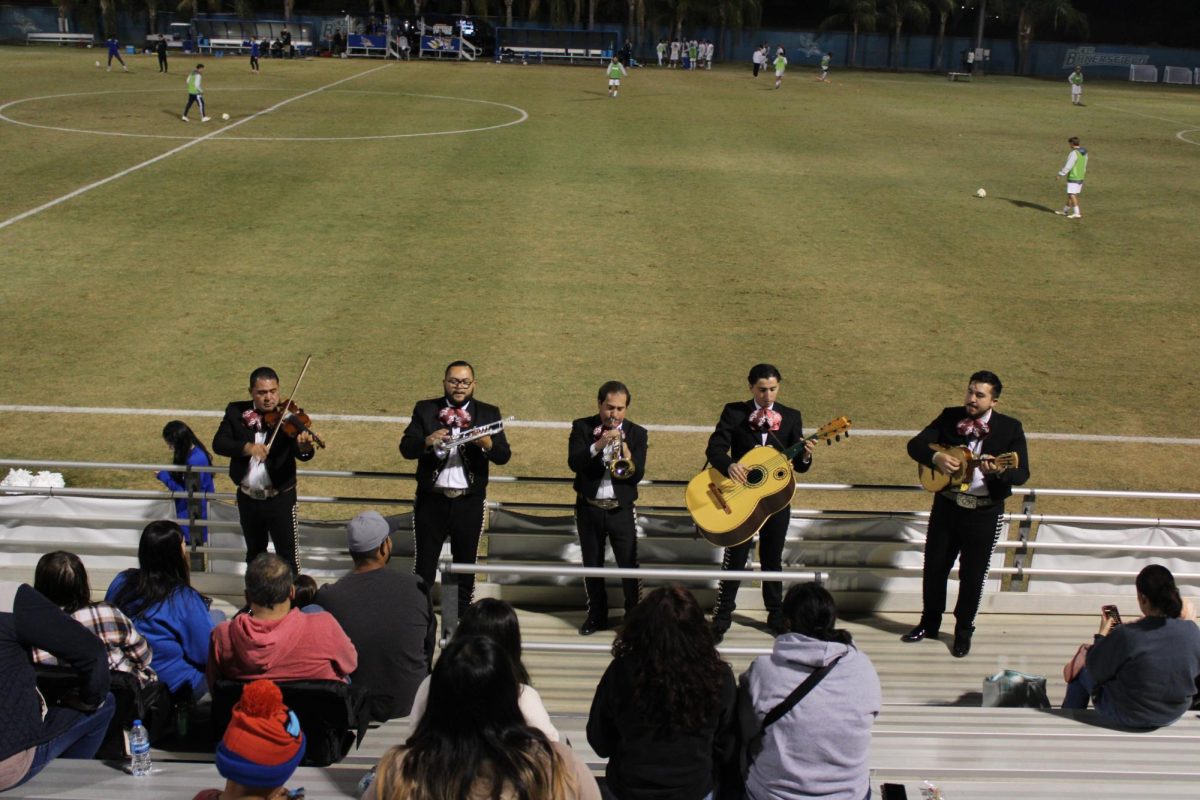By Josh Bennett
Managing Editor
Spring training is upon us, which means that not only is the MLB season right around the corner, but fantasy baseball is right around the corner. Fantasy baseball can be daunting to the average fantasy sports player, as many people are turned off to daily management of the team. I used to be the same way, and would forget about my team for weeks until it was too late to salvage it.
Last season, however, I discovered a method that not only led me to a fantasy baseball championship, but allowed me to do so by only checking my team once or twice a week, instead of daily. So here are some tips on being successful in your fantasy baseball league this season.
Drafting
The path to a successful team is a successful draft. I used to believe to only draft the best available player all the time, which was almost always a position player or a starting pitcher. That method rewarded me with many middle of the road finishes and many early playoff exits, which makes that five months of work seem worthless. I spent a couple seasons, and some research and past experience, developing a good drafting method for the team. In the first couple of rounds, I would draft one of the stud position players and pitchers. Last season it was Giancarlo Stanton and Troy Tulowitzki. This season it was Mike Trout and Chris Sale. I would then spend at least five or six of the next ten rounds drafting relief pitchers, mostly closers and set-up pitchers. The reasoning behind this is that instead of rotating your starters in and out, since they only pitch once every five days or so, I would use all my RP and P slots on the top tier relievers.
The relievers pitch about four or five times a week, and the good relievers rarely do poorly, meaning all my pitching categories were almost always locked down. For the rest of the draft, I would fill out the rest of my roster, even with the catcher, second base and shortstop positions as they are usually not very deep, and spend the majority of my bench players on the aforementioned set-up relief pitchers.
Lineup
Because I am using a lot of relief pitchers, I only need to set my roster once or twice a week. Usually on Monday, I will set my roster in advance to accommodate my starting pitchers and off days. In the middle of the week, I will go back on and check the waiver wire and see if there are any steals and double check any injuries on my team and adjust accordingly.
Transactions
The team that you drafted will not be the team you finish with. Someone on your team will underperform, get injured, or end up getting traded throughout the course of the season. Along with my lineup adjusting on Monday, I would check the waiver wire and keep an eye on players that are shooting up the boards and are on hot streaks. Last year I was lucky enough to snatch a couple of these streaking players and they stayed hot all year and helped me win my league. This also applies with the relief pitchers. If a team is dominating in the standings, it is safe to say that 75-80 percent of their wins were saved by their closer. Picking up that team’s closer and bullpen will help your team, as long as they are helping their team. Don’t be afraid to cut underperforming players, even if they are name players.
Last year, I held onto Bryce Harper until he recovered from his injury, and he never got back to form, so I was able to trade him away for a rising talent that had a great season last year in Todd Frazier. Feel free to make even trades as well, just don’t get undercut on the trade offers because some people will take advantage of you and try to sneak in some crap for your gems. Using these three tips will help you perform much better in your fantasy baseball league. If you aren’t able to win right away, don’t worry about it. It took me about three years to work out this system, and it will take you some time to find a system of your own that works. I wish all of you the best of luck in your leagues this season, unless you are playing me, then do the opposite of what I said and enjoy playing for second place.






